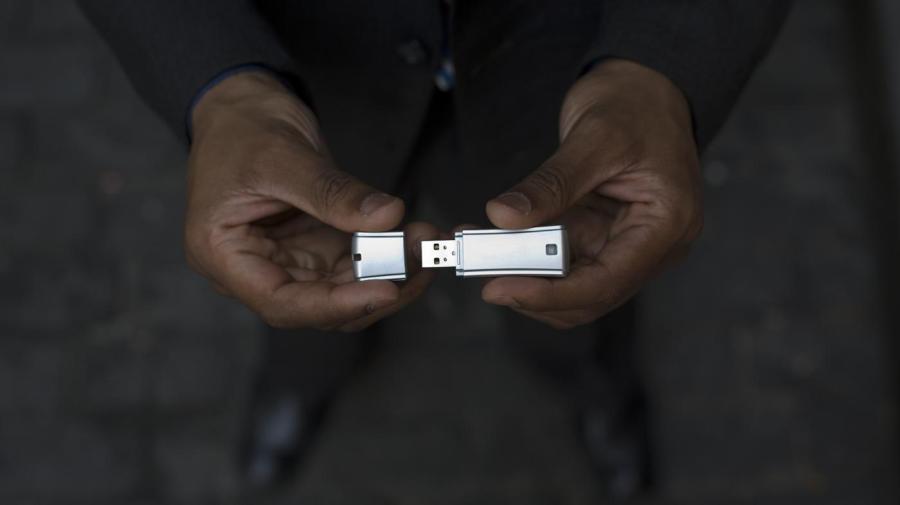What Is the Difference Between a Memory Stick and a Flash Drive?

Memory Stick is the brand name for a proprietary Sony-owned storage format, whereas a flash drive is a generic category storage format. Both products use flash memory in order to save data, but Sony Memory Sticks generally work exclusively with Sony devices as opposed to flash drives, which connect to any device via USB.
Though the Sony Memory Stick and flash drive both use the same storage medium, their formats are quite different. The Sony Memory Stick has nine different iterations, with the Memory Stick PRO Duo being the most prolific. The Memory Stick is generally inserted directly into devices like cameras, camcorders, mobile phones and video game consoles to extend their storage. By contrast, the flash drive connects to computers and other devices via USB. It is rare for small handheld that are compatible with the Sony Memory Stick or SD cards to have full size USB ports. The flash drive usually serves as a way to transfer documents rather than extend storage in the case of the Sony Memory Stick.
Flash memory, the storage medium that both formats use, was invented by Toshiba in 1987. Flash memory is well suited to serve as the storage for these portable formats because it has no moving parts.





